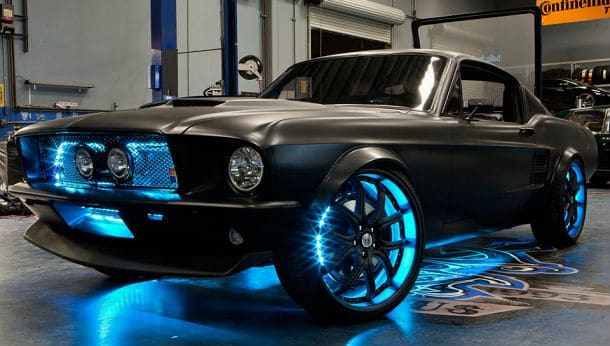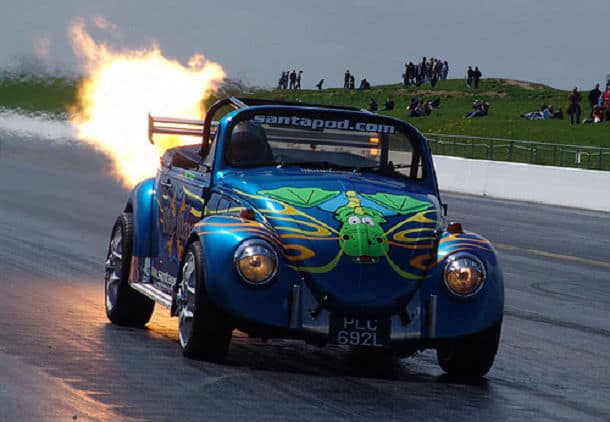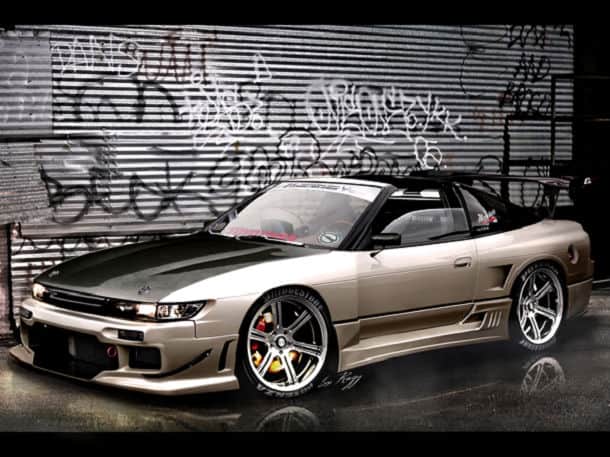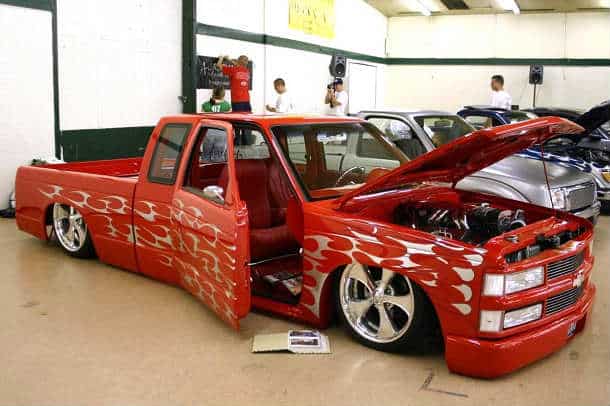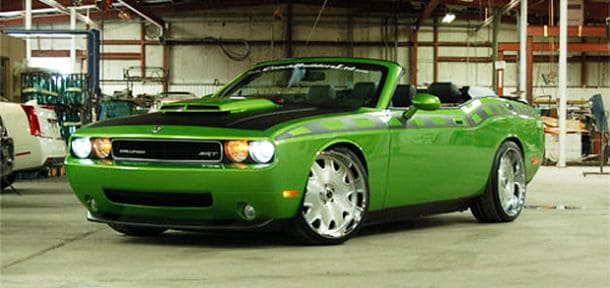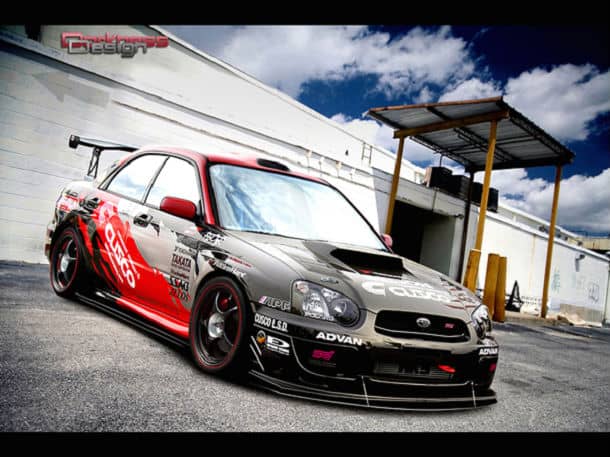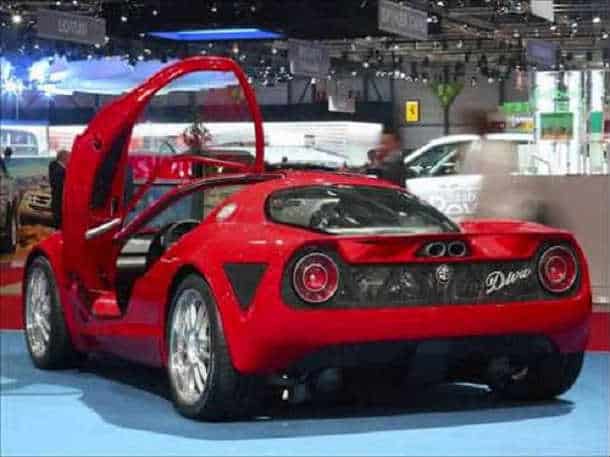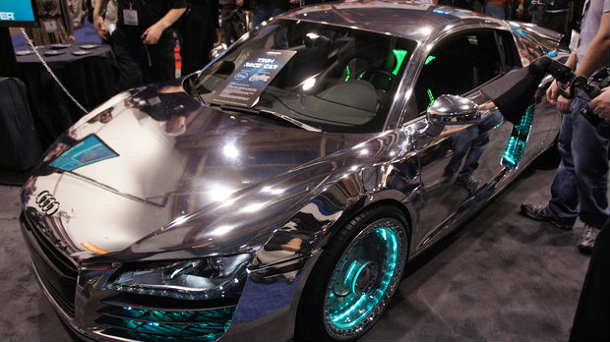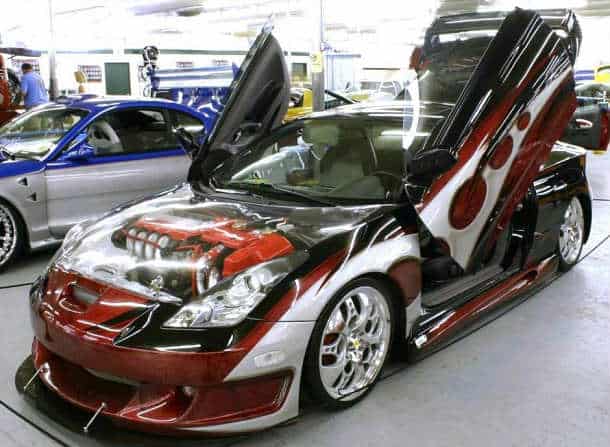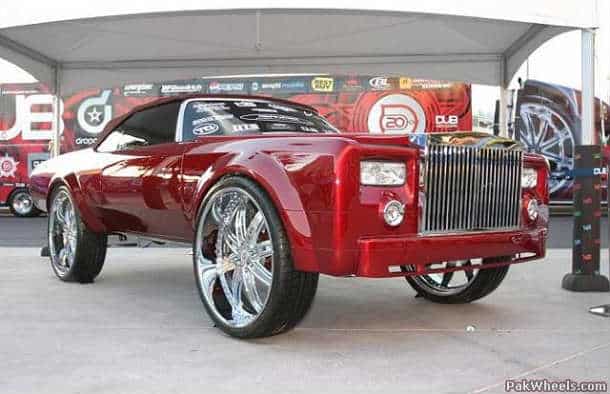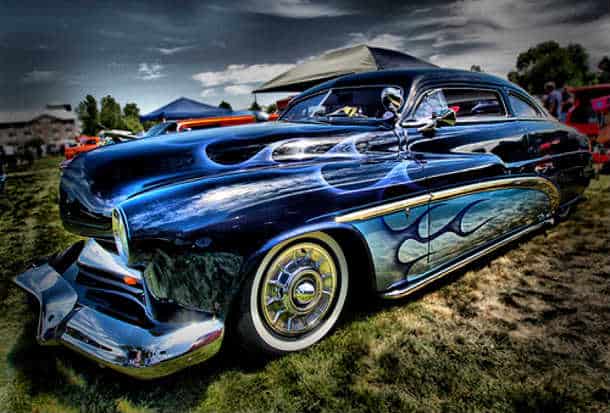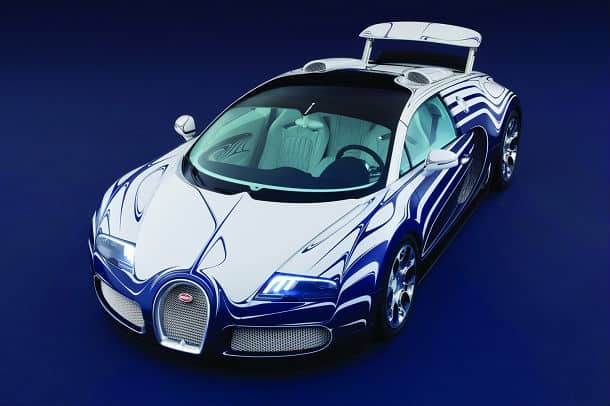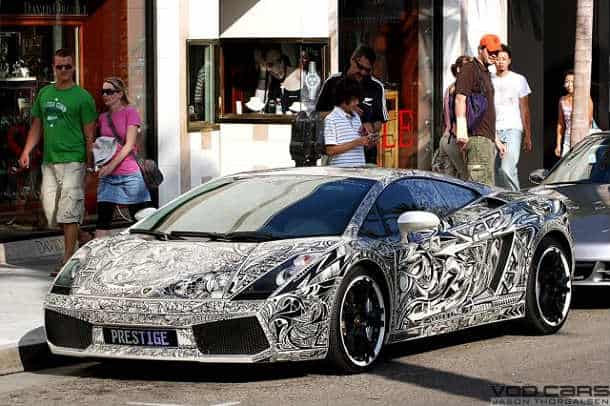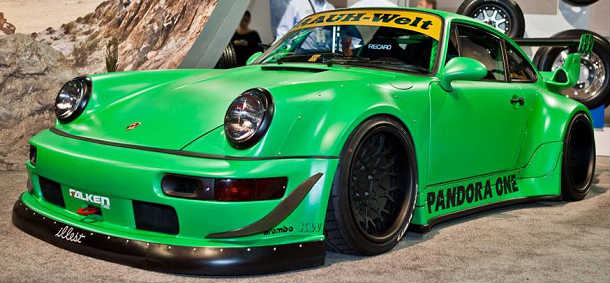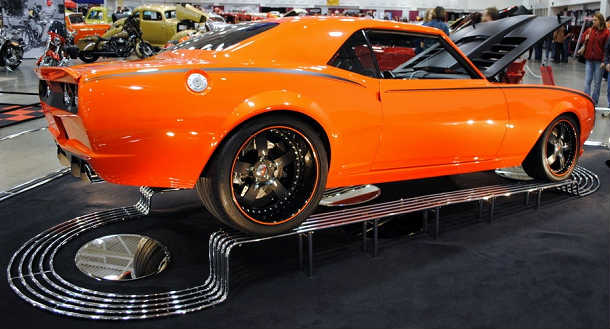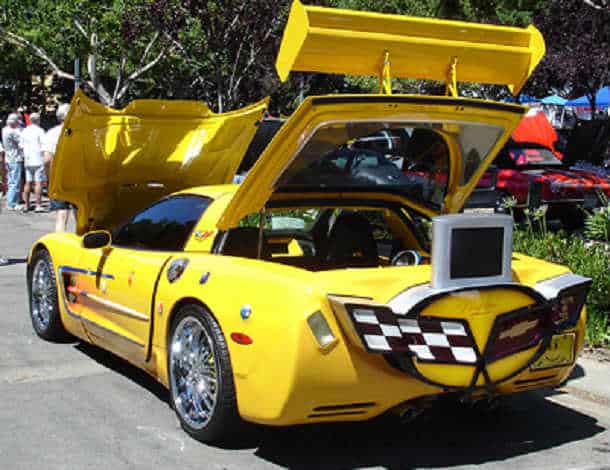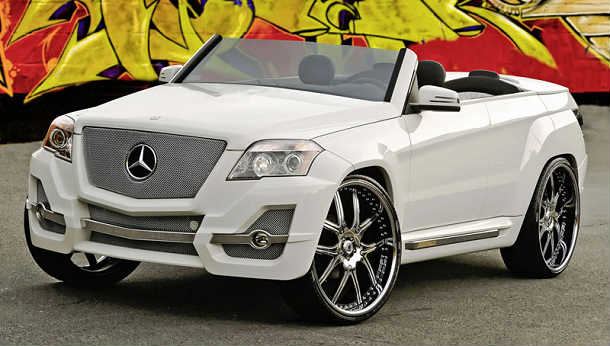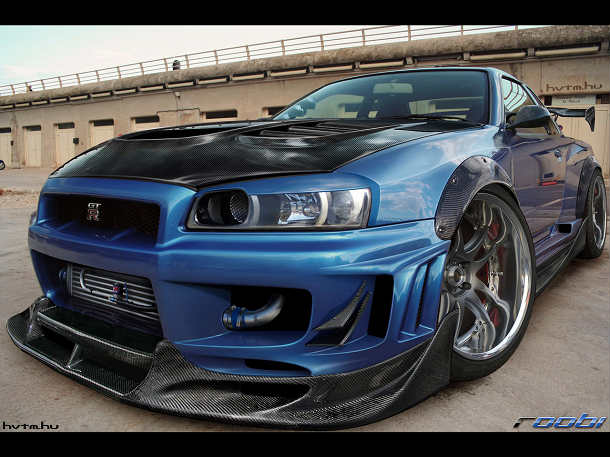1. Ford Pinto
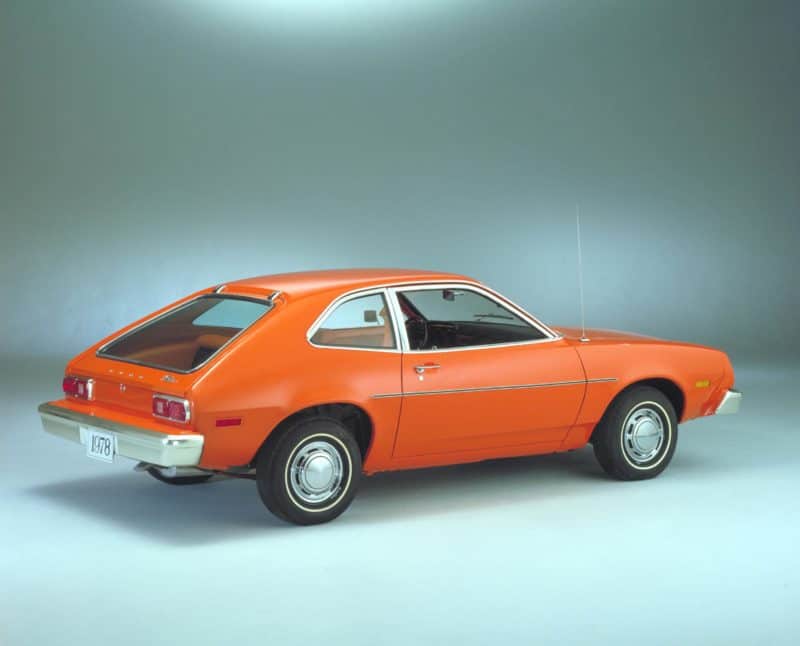
Here we are, the ne plus ultra of bad cars. The Legendary Ford Pinto–
folks who have never seen one and weren’t even born when they were in
production know that these are bad cars. Some of them even know why, but
we’ll offer a refresher course anyway.
The Pinto was a compact car that on paper looked pretty good: decent
performance, good fuel economy, and a fairly comfortable interior. There
was just one problem: rear-end collisions tended to result in the whole
thing exploding. Coupled with the scandal around Ford refusing to spend
the money to fix the problem in favor of just paying off its victims,
there’s a reason that the federal review of the Pinto described it as
“unsafe at any speed”–a phrase burned into our collective memory
forever. Pun intended.
2. 2004 Chevy SSR
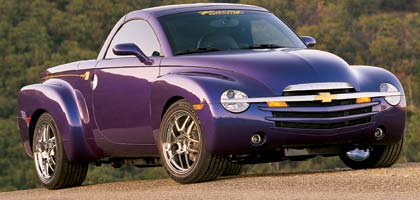
This is why we have “truth in advertising” law: The SSR in Chevy SSR
stands for “Super Sport Roadster”–and this car does none of those
things. Not at all, not even a little.
Yet one more attempt to capture an audience with an admittedly cool
looking retro body design, the SSR fails the way all other similar
attempts do: by emphasizing appearance rather than performance and
severely disappointing drivers who were having hot-rod fantasies. With a
heavy body, underpowered engine, and sluggish if not lazy performance,
Chevy’s SSR quickly lost all street cred.
3. 2001 Pontiac Aztek
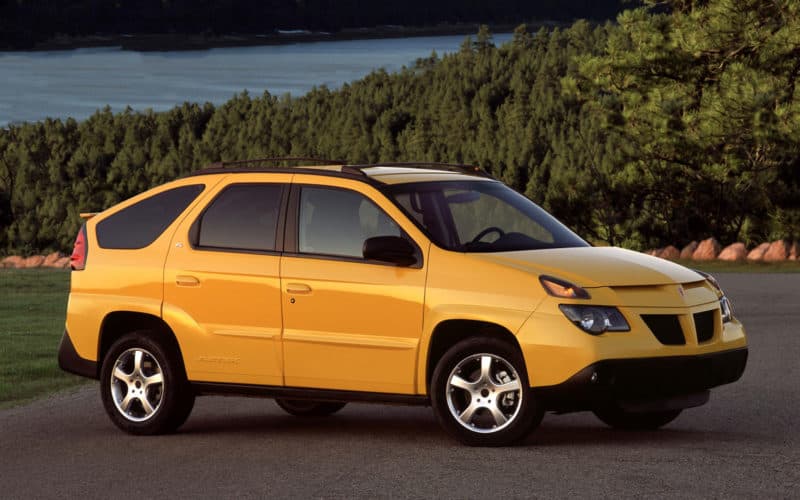
There’s one thing we can say about the Pontiac Aztek, and that is
that it did not come with any controversy, debate, discussion, or
back-and-forth. This car was hated from the moment it appeared in public
and remains hated to this day. The design is ludicrous, especially the
front end. The plastic body only served to make it look cheaply built,
and the over engineered features and engine didn’t wow with impressive
performance. Add on a price tag that was a bit more than most folks
wanted to spend, it’s no small wonder that this, this thing is as
reviled as it is.
4. Ford Mustang II
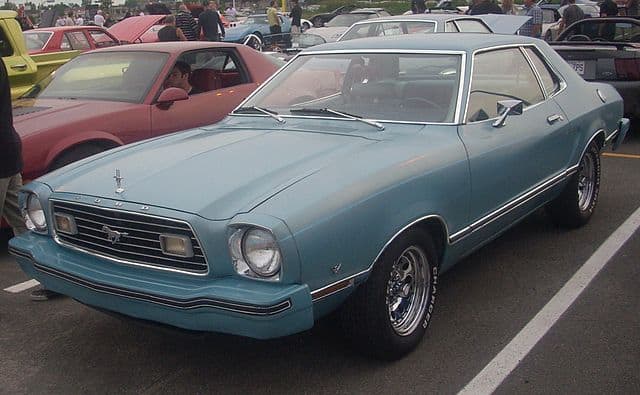
The Mustang is an American classic – a coupe with a roadster feel and
performance tendencies. We all know them, most of us love them, and
they are pure America.
5. Lincoln Blackwood
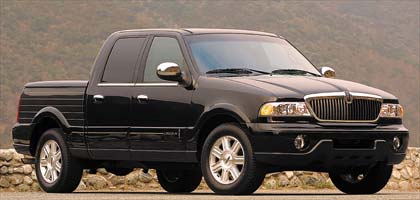
The Lincoln Blackwood is the result of a combination of ideas that
have no business together at all: Ford’s Lincoln division and the iconic
American pickup truck. It seems that someone back in the year 2002
thought that the post-9/11 world really needed a luxury pickup as a
means of . . . capitalizing on the fading fad for all things redneck?
Upgrading a utility vehicle with posh features? We may never know.
We do know about the results however. The luxury trimmed interior,
fine upholstery, and burled wood accents made it the visual rival of
many luxury vehicles. However, these and other features (rear wheel
drive in a pickup?) made it of dubious practicality and the whole
project vanished in less than a year making it the shortest time of any
Ford production run to date.
6. Original Smart Fortwo
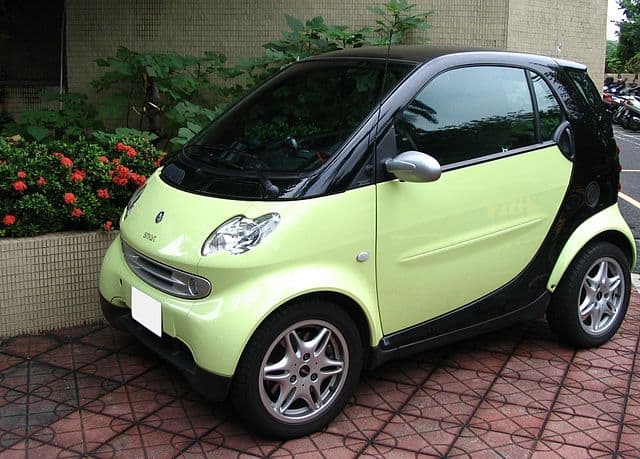
Smart Cars is a subdivision of Daimler, so one could assume that they
know what they’re doing and while they may not get it right every time,
they’ll at least deliver a passable product with good engineering and
solid construction. You’d think that, until you ran into the Smart
Fortwo.
7. Renault Dauphine
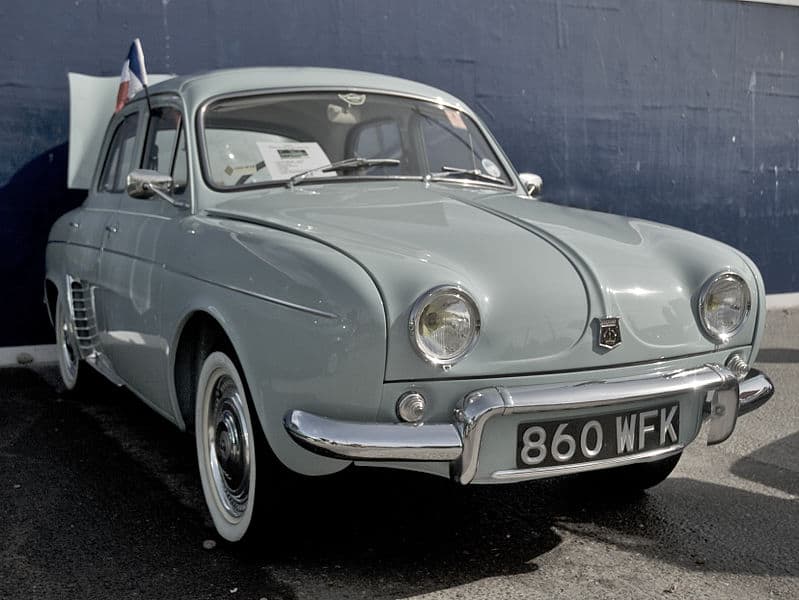
Somewhere in the Great Hall of French Engineering Failures, there’s a
pedestal underneath a dome. At the top of that column sits the original
Renault Dauphine, a testament to what can go wrong in the hands of a
really creative people having an off moment.
Originally named the Corvette — go ahead, laugh — the undersized
Dauphine had a rickety body, a weak and feeble engine, and reputation
for safety issues before seat belts were standard equipment. You know,
back before anyone cared about safety. We’re told that there are still a
few on the road. That’s why we don’t drive in France.
8. Chrysler PT Cruiser Convertible
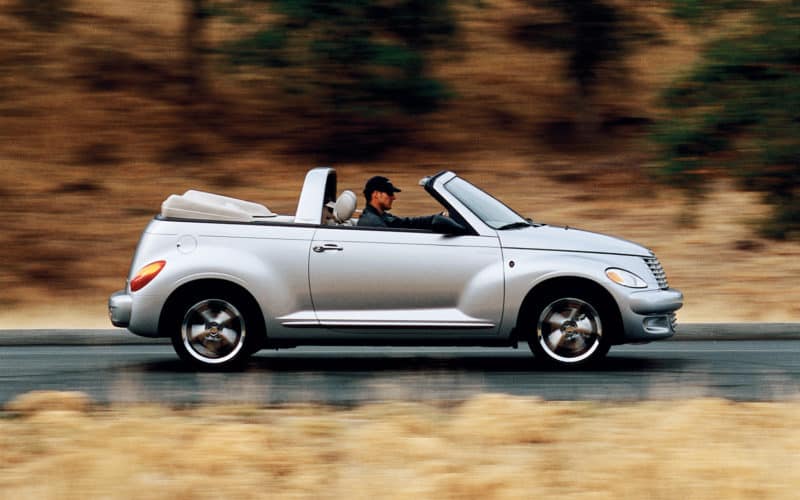
Stop us if you’ve heard this one before: An American car company
attempts to recapture its past glories by reintroducing retro body
designs with the hopes of triggering a wave of nostalgia and thus sales.
But the relatively poor performance when compared to the expectations
of the motoring public nearly sink the project and cost the company
billions.
9. 1998 Fiat Multipla
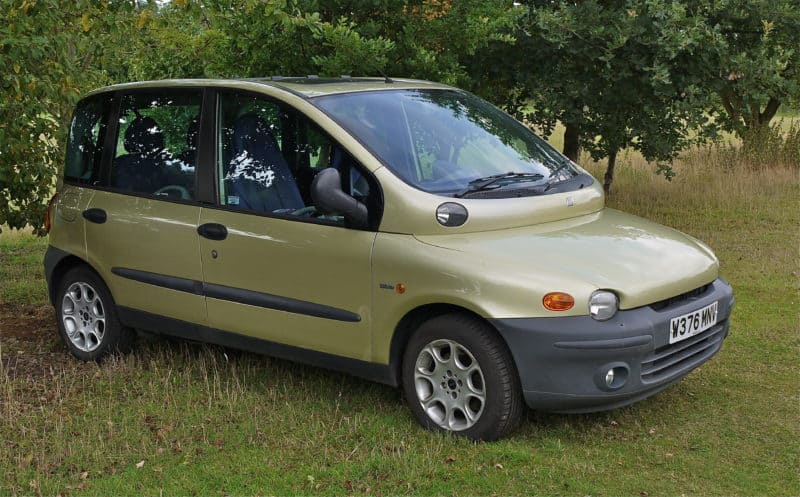
Fiat has long used the Multipla name for its vans and mini-buses,
dating back to the 1950s. The 1998 addition to the family was supposed
to be the heir to a storied legacy, but instead became the punchline in
more jokes than any American minivan design.
10. 1975 AMC Pacer

American Motor Company’s troubled history was not helped by the
Pacer, a two-door compact car released just as the compact car craze was
coming into full vogue.
Initially hailed as the future of driving due to its fuel economy,
compact size, and relative economy in a market still dominated by
Detroit-made land yachts, there were high hopes for the Pacer. However,
poor performance during hard stops and turns — apparently one needed
professional racercar driver skills to keep the thing on the road — lead
to serious criticism from reviewers. With the introduction of other,
better compact designs, the Pacer soon disappeared from sales lots, as
did AMC.
11. 1947 Davis D-2 Divan
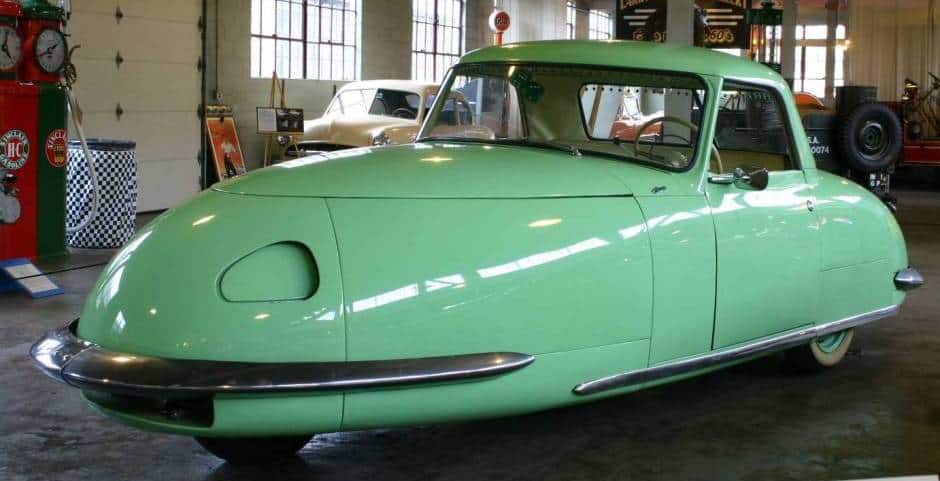
We were wrong earlier about the Reliant Robin. Not about its many
flaws or anything like that, but about the role of three-wheelers in
American motoring. As it turns out the Davis Motor company of Van Nuys,
California built a three-wheeler back in the 40s in the form of the D-2
Divan.
12. 1958 Zundapp Janus
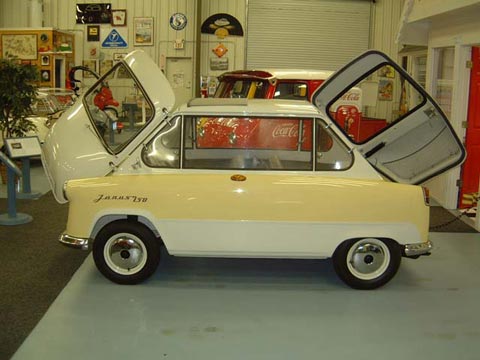
We have to admit a perverse love for these absurd little cars.
Really, just look at them. They’ve got an odd neurotic beauty that you
can’t help but “d’aww” over.
13. 1982 Cadillac Cimarron
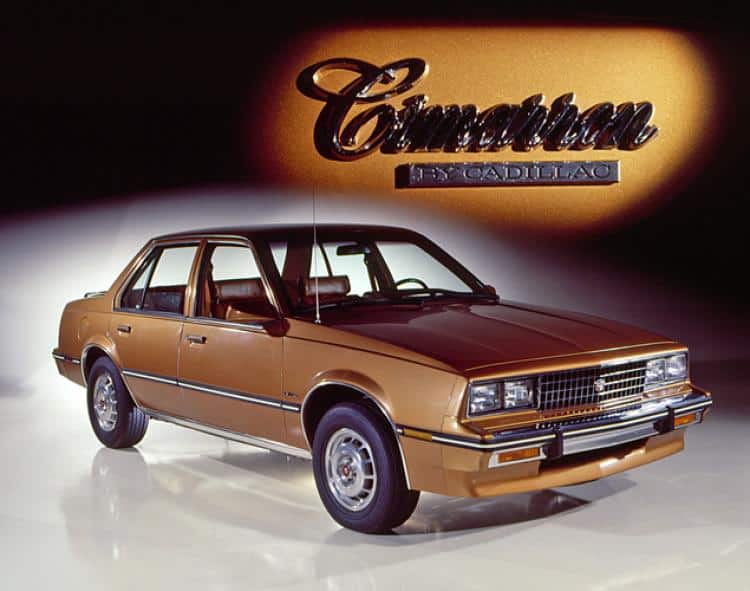
Whereas the Edsel was just over-blown, the Cadillac Cimarron was a
full-scale disaster. The kind that automotive engineers relay to their
children on dark moonless nights when the forces of evil are exalted
amongst the shadows. An attempt by GM to move the Cadillac brand into
the small-car market, the awfully-designed and poorly-performing
Cimarron made use of the already unpopular J-platform sedan as its base,
leading to the perfect storm of a weak form and horrible function.
14. 1958 Edsel Corsair
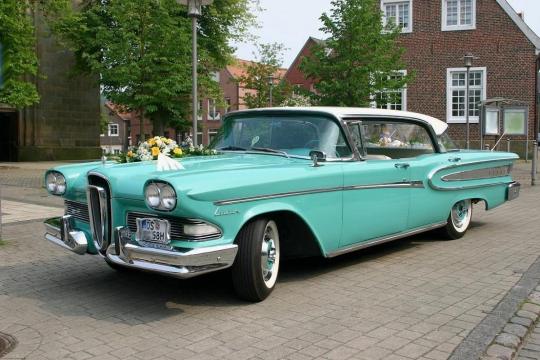
Up next is an American contribution, this time from Ford, and one so
bad that it remains synonymous with “lemon” to this day. The 1958 Edsel
was a machine designed to . . . well, we’re not sure. It had all the
outer hallmarks of 50s greatness: fins on the body, a boxy design, an
elaborate front end including a suggestively shaped vertical grill. And
while mechanically sound, the Edsel was the victim of media over-hype:
the marketing campaign presented it as the car-to-end-all-cars, but
rather than defining the decade in automotive engineering, the Edsel was
just another run-of-the-mill sedan. There’s a lesson there: under
promise and over deliver, not the other way around.
15. 1981 Delorean DMC-12
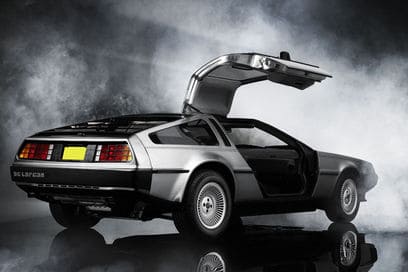
You know this one—it’s the car from
Back to the Future. The
one with the aluminum body and the gull-wing doors. Pretty cool, right?
Admit it—you wanted one when you were a kid just so you could make
believe you were with Doc and Marty on an adventure through time.
16. 1957 Trabant P50
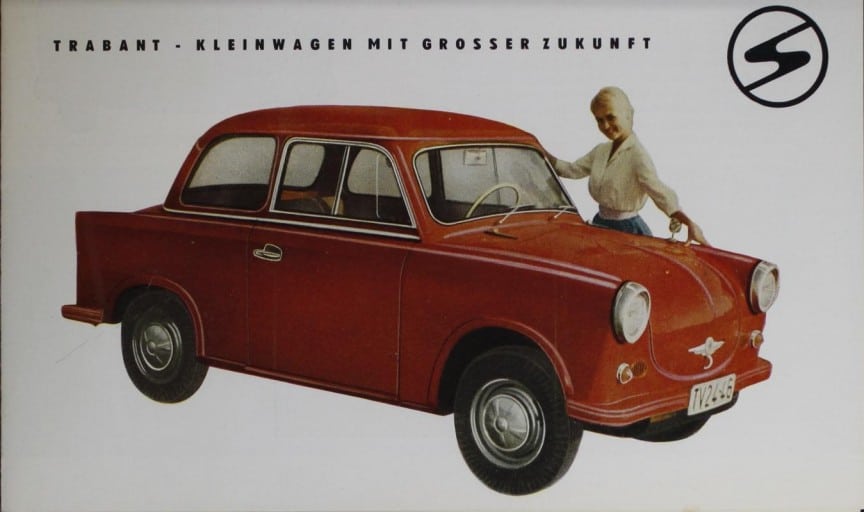
You’ve likely never seen a Trabant P50 on the road. That’s due to its
point of origin. Like the Yugo, it was a product of the Soviet Bloc, in
this case East Germany. And unlike the Yugo, it failed to find an
importer to the US—and frankly we’re all better off for it.
17. 1971 Chevy Vega
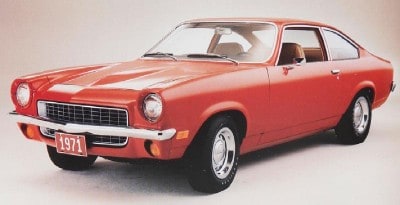
Back to the US. Back to the 70s. Don’t say we didn’t warn you.
The Chevrolet Vega has perhaps the most dramatic story arch of any
car on this list. With its lightweight aluminum alloy engine block and
unique inline four-cylinder design, it initially received great
praise—even getting Motor Trend magazine’s Car of the Year award during
its introduction in 1971. However, those glory days didn’t last. The
Vega had nearly every problem a car could, short of just exploding on
ignition: reliability issues abounded, engineering flaws led to part
failure, rust was a constant battle, and the safety standards were well
below what even the 1970s expected. Unlike the star for which it is
named, the Vega faded quickly and for good reason.
18. Reliant Robin
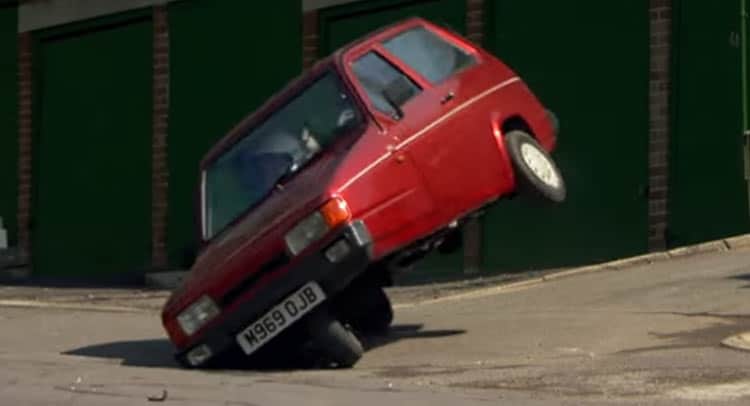
For most Americans, the Reliant Robin is one of those things that has
to be seen to be believed. For whatever reason, three-wheeled cars
never caught on in the States—the country that tried out eight wheels,
as you’ll recall. So the Robin’s tricycle design tends to give North
American drivers pause.
19. Citroen Pluriel
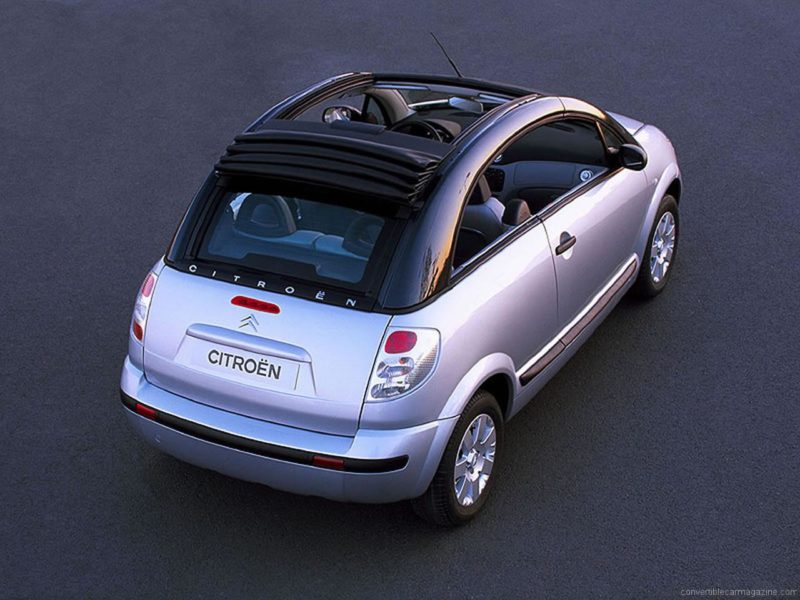
The French have a lot to proud of. World War II collaboration aside,
they’ve lead the way in the arts, in liberty, in literature, and their
proud creative tradition continues to this day. And none of it, not one
inch, is captured in the Citroen Pluriel, also marketed as the Citroen
C3.
20. Yugo GV
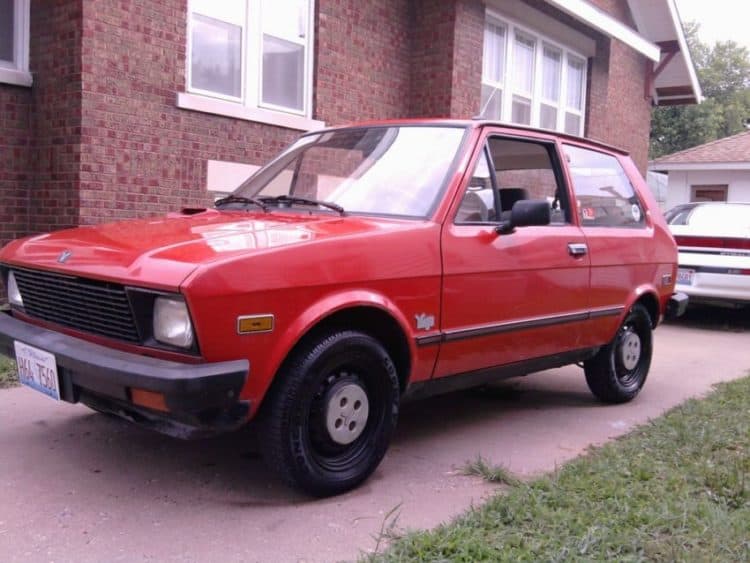
Where to begin? Where to even begin? Do we start with the foolishness
of the importers, who assumed that there was an American market for
this two-door hatchback built in Communist Yugoslavia during the apex of
the Cold War? Do we look instead to the original manufacturers, who
believed that a car so poorly received in its freedom-lacking homeland
could possibly succeed elsewhere?
21. Saturn Ion
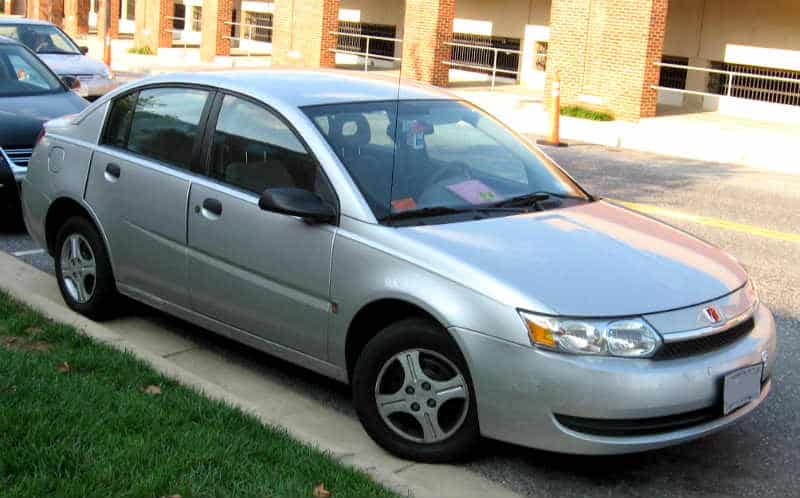
Saturn was a company born of optimism—the idea that a new American
automotive manufacturer could break into the market with made-in-the-USA
vehicles seemed like a pipe dream. But they did it, broke through, and
for a while succeeded. With no thanks due to the Ion.
The Saturn Ion was under-performing, with a smaller-than-average
engine pushing what at the time was one of the longest four door sedans
on the market. There was also the small issue of side
impact—specifically the frame did very little to protect passengers from
a good t-bone wreck. For these reasons and more, the Ion vanished in
2007.
22. Suzuki Samurai

Like so many cars on this list, the Suzuki Samurai sums up its
decade—in this case, the 1980s. Colorful, sporty, overblown, and with a
penchant for being a bit too rambunctious, the Samurai fully embraced
the twin mix of optimism and fatalism that defined the end of the Cold
War. A chic little 4×4, the Samurai was just beginning to find its place
in the market when drivers noticed that it had a tendency to—flip over
and roll while taking perfectly normal corners at average speeds.
Clearly not a win for Suzuki, and another rolling metaphor for Japan’s
decline from dominance of the automobile industry.
23. Aston Martin Lagonda
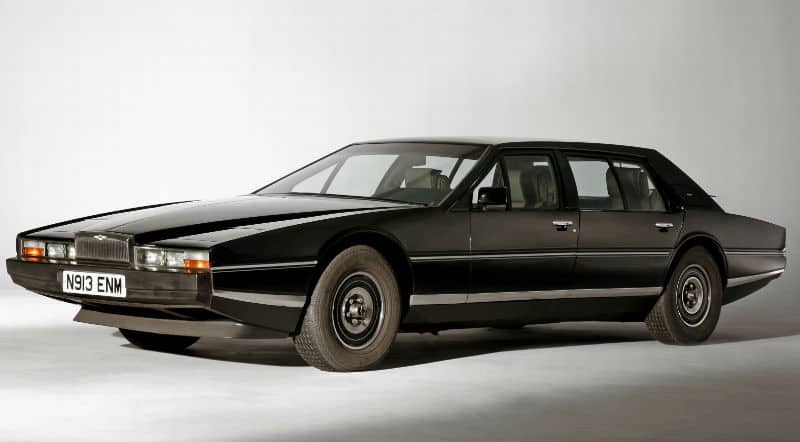
You may not be old enough to remember, but the 70s were a happenin’
time. Disco was in full swing, funk was fresh, and hip-hop was on the
horizon. Everything was fueled by cocaine, which may explain the razor
like design of the Aston Martin Lagonda. It may also explain the gap
between ambition and performance—the electronics were computer-run, the
displays all CRT based rather than gauges, and the whole thing was
intended to push the limits of what a car could achieve with the
technology of the day. Unfortunately, none of the “advanced” gadgets
worked, and Aston Martin scored a major case of “equipment failure.”
24. Plymouth Prowler 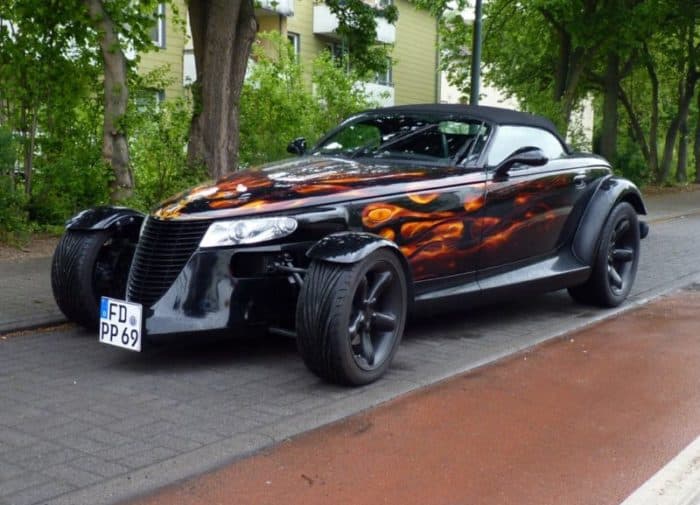
A quick time hop to the other end of the 20th century shows us that
the 1990s weren’t short of silly designs for automobiles—but they were
more willing to look back in time to find them. Inspired by the
hot-rodding roadsters of yesteryear. However, this is less “American
Graffitti” and more “An American Tail”. It seems that the geniuses at
Plymouth forgot to make the Prowler a hot-rod, instead installing a
pitifully underpowered 3.5 liter V6 pushing a mediocre 250 horsepower.
Visually intriguing but lacking in performance, the Prowler was a
rolling metaphor for the decade from which it spawned.
25. Overland Octoauto
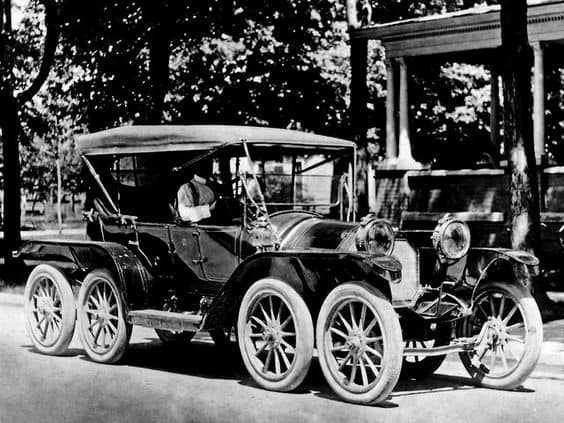
The brainchild of Milton Reeves, the Overland Octoauto challenges some
of our core assumptions about automobiles—namely, that two axles and
four wheels is the name of the game. In keeping with the grand American
theory that bigger is better, Reeves concluded that adding a few extra
wheels could provide a smoother ride for the discerning automotorist of
the year 1911. And thus the Overland Octoauto was born. 20 feet long
with the steering and handling one normally associates with a pregnant
hippo, the Octoauto is a great place to start our list of the most
poorly designed cars of all time.
Source: yeahmotor.com

























